There are so many reasons not to buy salad dressings and seasonings.
First and least important … they are expensive (on sale, Annie’s salad dressings were $4.99 per bottle at Whole Foods the last time we were there).
Secondly, of course, are the ingredients in commercial dressings and seasonings that are not actually food … so we really shouldn’t be eating them. (This list is surprisingly long … and while you can find store-bought dressings that don’t have all of them, so many have enough that it just makes sense to make it yourself.) So without further ado:
18 More Reasons to Make Your Own Salad Dressings and Seasonings
- ARTIFICIAL SWEETENERS – It would require a lot more space than what we have allotted here to explain why artificial sweeteners (like Splenda, aspartame, saccharine, et al) are so bad for you, but at least we can remind you that recent studies of “diet” foods that contain these ingredients are more often being linked to obesity and multiple health problems. Please don’t eat them.
- CALCIUM DISODIUM EDTA is a drug commonly used to stop lead poisoning and to expel heavy metals from the body. What is it doing in your salad dressing? Apparently, it’s used in dressings as a prophylactic against metal absorption into the food as it waits around in large metal vats in the processing plants. A side effect of Calcium Disodium EDTA? Malabsorption of vitamin A and various B vitamins. Other side effects: allergic reactions, low blood sugar, low blood pressure, and low blood calcium levels; kidney failure and seizures.
- CANOLA OIL (and/or Soybean Oil) – There are all sort of conflicting reports about the viability and nutritional value of Canola Oil. But here’s what the Weston A. Price Foundation has published about Canola Oil: “that canola oil is definitely not healthy for the cardiovascular system.” They go further to report that in traditional diets (when the rapeseed is processed at low temperatures in small stone presses) it can be fresh and healthy uncooked oil. The modern process of extraction is what makes it an unhealthy choice. And soybean oil? Soybeans (like corn) are almost always GMO these days. Just doesn’t seem worth the risk. Plus, soy is a known endocrine disruptor. No thanks.
- CARAMEL COLOR is water-soluble food coloring and emulsifier used in so many commercial foods (sodas, salad dressings, desserts, etc). Toxicology studies by the Center for Science in the Public Interest (CSPI) have shown that chemicals in caramel color can cause cancer in lab animals. The CSPI has gone so far as to petition the FDA to ban this kind of caramel coloring. They haven’t proven (yet) that it’s a carcinogen in humans, but I’d rather not be a lab rat. Thank you.
- CELLULOSE GUM is a thickening agent derived from wood pulp. It’s used in everything from salad dressing to toothpaste to shampoo. And while there’s no known negative to human consumption (we can’t digest it so it just passes through our system) there are also no benefits to eating it. It’s one of those: if I can’t digest it, why would I eat it questions. Your choice. My choice is, if I don’t have to, I’d rather not.
- CORN STARCH (or Modified Corn Starch) is made from corn. And most corn these days is genetically modified or genetically engineered and we avoid GMOs whenever possible. (It’s always possible if you make your own!)
- DISODIUM GUANYLATE is a chemical flavor-enhancer used in conjunction with the additive MSG to intensify savory flavors. It’s not a known toxin, but it’s never used on its own, either. So if it’s present in the ingredient list, there’s more than a good chance that some form of MSG is present, and it’s widely accepted that MSG should be avoided.
- DISODIUM INOSINATE is often added to foods as a flavor enhancer in conjunction with Disodium Guanylate and, like Disodium Guanylate, is a chemical additive that boosts the function of MSG. If you don’t see MSG on the label, but you do see Disodium Guanylate and/or Disodium Inosinate, it could be because glutamic acid is naturally present in another ingredient (like in tomatoes).
- GUM ARABIC is generally used as a stabilizer in processed foods. But it’s also used to control the viscosity of ink in printing, paint production, glue, and cosmetics. It’s edible. It’s from a natural source (hardened sap from two kinds of acacia trees). And traditionally, it has been used to make an Arabic chilled-gelato-like-desert. There really doesn’t seem to be anything wrong with Gum Arabic. But if you can get a decent “viscosity” by using a hand mixer or whisk, why buy something with extra ingredients, just so it stays “stable” in the fridge or cupboard?
- MSG (Monosodium Glutamate) is the big one. We’ve been hearing anecdotal stories about “Chinese Restaurant Syndrome” since the 1950s, and there are some studies that show that nearly 30 percent of Americans are MSG-sensitive (suffer from headaches, nausea, chest pains, difficulty breathing, rapid heartbeat, weakness, numbness, burning sensations, facial tension … and the list goes on). But it’s still on the GRAS list at the FDA so it still ends up in much of the processed food we eat, because as flavor enhancers go, MSG is the most cost-effective and umami-enducing flavor enhancer on the market. Most processed foods have MSG (or glumatic acid, which doesn’t have to be labeled if it’s in another ingredient). The main reason to avoid processed foods, in our opinion.
- NATURAL FLAVORS as defined by the USDA are, “the essential oil, oleoresin, essence or extractive, protein hydrolystate, distillate, or any product of roasting, heating or enzymolysis, which contains the flavoring constituents derived from a spice, fruit or fruit juice, vegetable or vegetable juice, edible yeast, herb, bark, bud, root, leaf of similar plant material, meat, seafood, poultry, eggs, dairy products, or fermentation products thereof, whose significant function in food is flavoring rather than nutritional.” (21CFR101.22) Ummm … okay. And ARTIFICIAL FLAVORS are everything else. Both artificial and natural flavors are made by “flavorists” in a laboratory by blending either “natural” chemicals or “synthetic” chemicals to create flavorings. So if you see “Natural Flavors” or “Artificial Flavors” in the ingredient list, you can basically assume that it’s a flavor designed in a lab. Natural ones are just more expensive.
- PHOSPHORIC ACID is generally used for rust removal (!), and for adding “tangy” flavor to food and drinks. There are conflicting studies about the effect of phosphoric acid on bone density. There’s some question about whether phosphoric acid contributes to kidney stones and chronic kidney disease. But there are no definitive studies that prove it. Either way, I’d like to avoid eating/drinking this cheap flavor additive in my food. But again, it’s your decision.
- POLYSORBATE 60 – In addition to being used to keep oil and water from separating in salad dressings (and creams and sauces), Polysorbate 60 is also used in hair loss prevention, cosmetics, and pharmaceuticals. The truth is, if you make your own, it takes a good whisking to stick together. And if it sits for a few minutes and needs another shake? Give it another shake.
- POTASSIUM SORBATE is a preservative used to prevent the growth of mold, fungi, and yeast that can cause foods to spoil. It’s generally regarded as safe (GRAS) by the FDA, but studies are beginning to be conducted that show over-consumption of potassium sorbate can cause diarrhea (and reduced ability to absorb nutrients), nausea and skin/eye irritation (primarily through contact with cosmetics and shampoos, which also use it as a preservative). Salad dressing that you make at home will last for weeks (if not months) in your refrigerator, so you don’t even need these preservatives in your food (and certainly don’t need them in your body!)
- PROPYLENE GLYCOL ALGINATE is a chemical additive that is used as a thickener, emulsifier, and preservative in both food and cosmetics. There are anecdotal studies that show negative side effects like nausea, rashes, kidney and/or liver damage. And there’s some question as to whether it’s an additive that should be used by pregnant or nursing mothers because might cause birth defects. According to at least one source, high doses have been linked to seizures in children. Why not avoid Propylene glycol alginate by making your own dressing with fresh ingredients? Exactly.
- SODIUM BENZOATE is a preservative used in food and cosmetics. It inhibits the growth of mold, fungi, and bacteria and lengthens shelf-life of processed foods. And while the FDA doesn’t see anything wrong with sodium benzoate consumption (limited to 0.1% by weight), when sodium benzoate combines with ascorbic acid (vitamin C) benzene can form, which is a known carcinogen. Interesting.
- SODIUM & CALCIUM CASEINATES are biochemical names for isolated proteins in milk from mammals known as caseins. It’s used as a food additive to add nutrition, flavor, and texture to foods. It’s primarily used in cheese production, but also in meat products, coffee whitener, processed cereals, baked goods and salad dressings. According to Livestrong.com, “some people are allergic to sodium caseinate, and it has been linked to some human diseases, mainly autism, and gastrointestinal problems.”
- XANTHUM GUM – Xanthum gum is a thickening agent. Good, homemade salad dressings are naturally thick, without the additives. There’s a magic tool called a whisk that most cooks use to thicken their dressings.
Are you exhausted from all that? And maybe a little freaked out by how many ingredients it takes to make these simple flavors?
The truth is, most of your favorite dressings and seasonings take fewer than 4 or 5 ingredients that you already have in your cupboard or fridge and are so simple that you could probably convince one of your littles (who’s proficient in measuring) to make it for you.
So you have the choice of food from a lab or from your kitchen.
Here are the dressings and seasonings we use most in our homes:
French Onion Soup Seasoning
- 2 tbsp dried onion flakes
- 1 tbsp onion powder
- 1 tbsp garlic powder
- 1 tsp salt
- 1 tsp pepper
Aside from French Onion Soup Seasoning, I have a blog with the four most common spice mixes I use. Additionally, I use Taco Seasoning quite often.
As for dressings I really enjoy Simple Italian Salad Dressing. Additionally Zesty-Creamy Ranch Dressing is another great recipe.
Those are our go-to seasonings and salad dressings, but you the options really are endless.
What are your favorite homemade dressings?
RESOURCES:
whatisthatingredient.com
webmd.com
ewg.org
foodrenegade.com
westonaprice.org
inrfood.com
wisegeek.org
md-health.com
livestrong.com
SaveSave
SaveSave

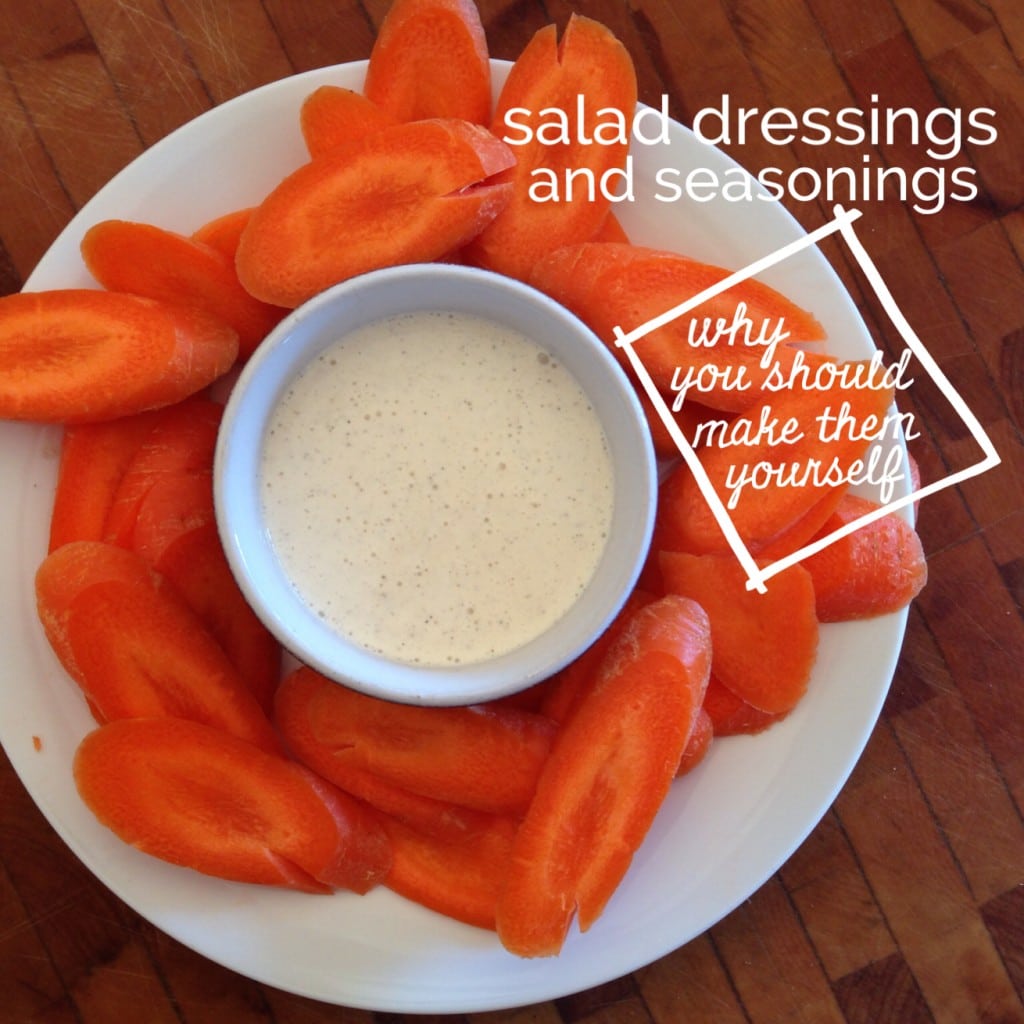


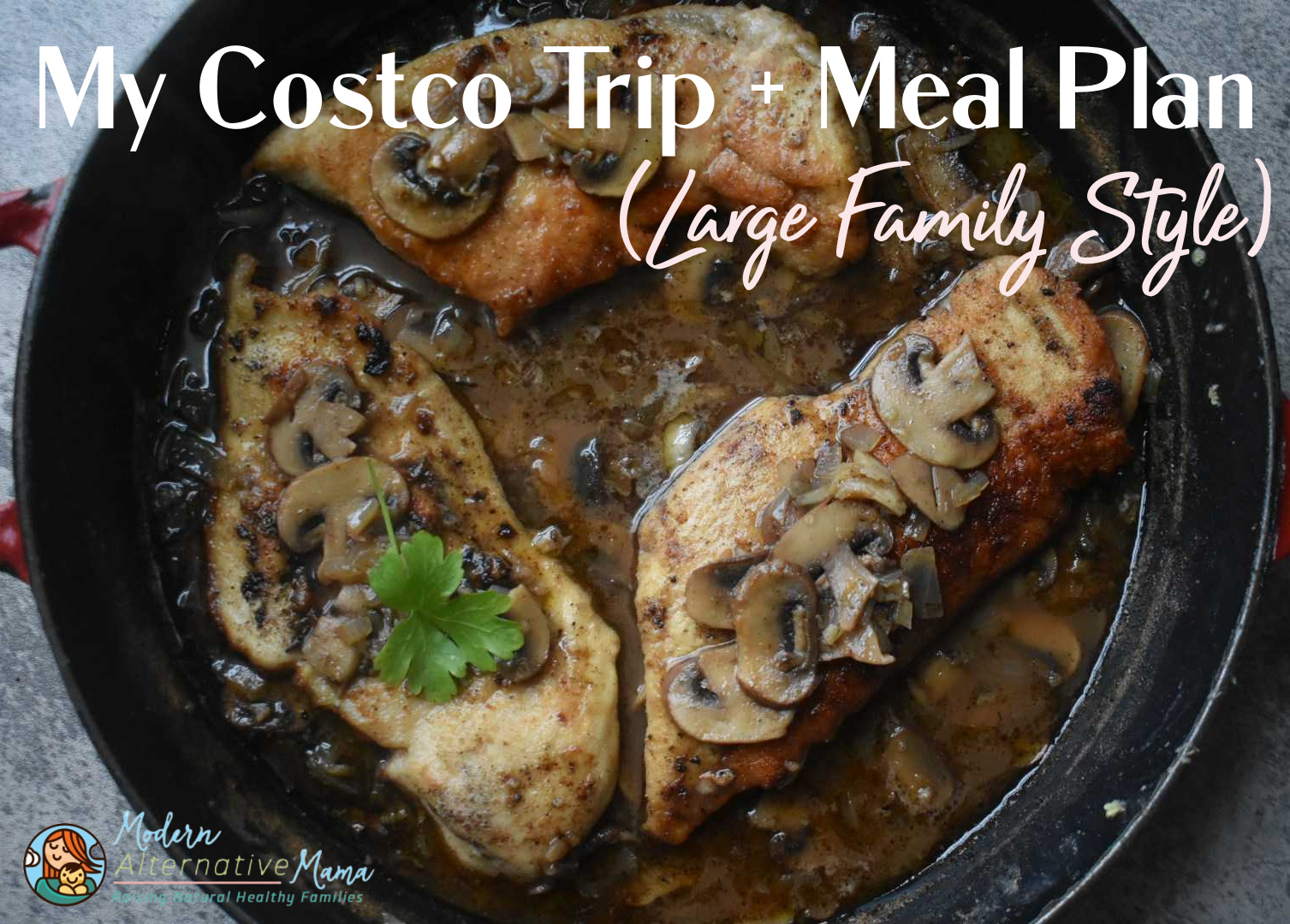
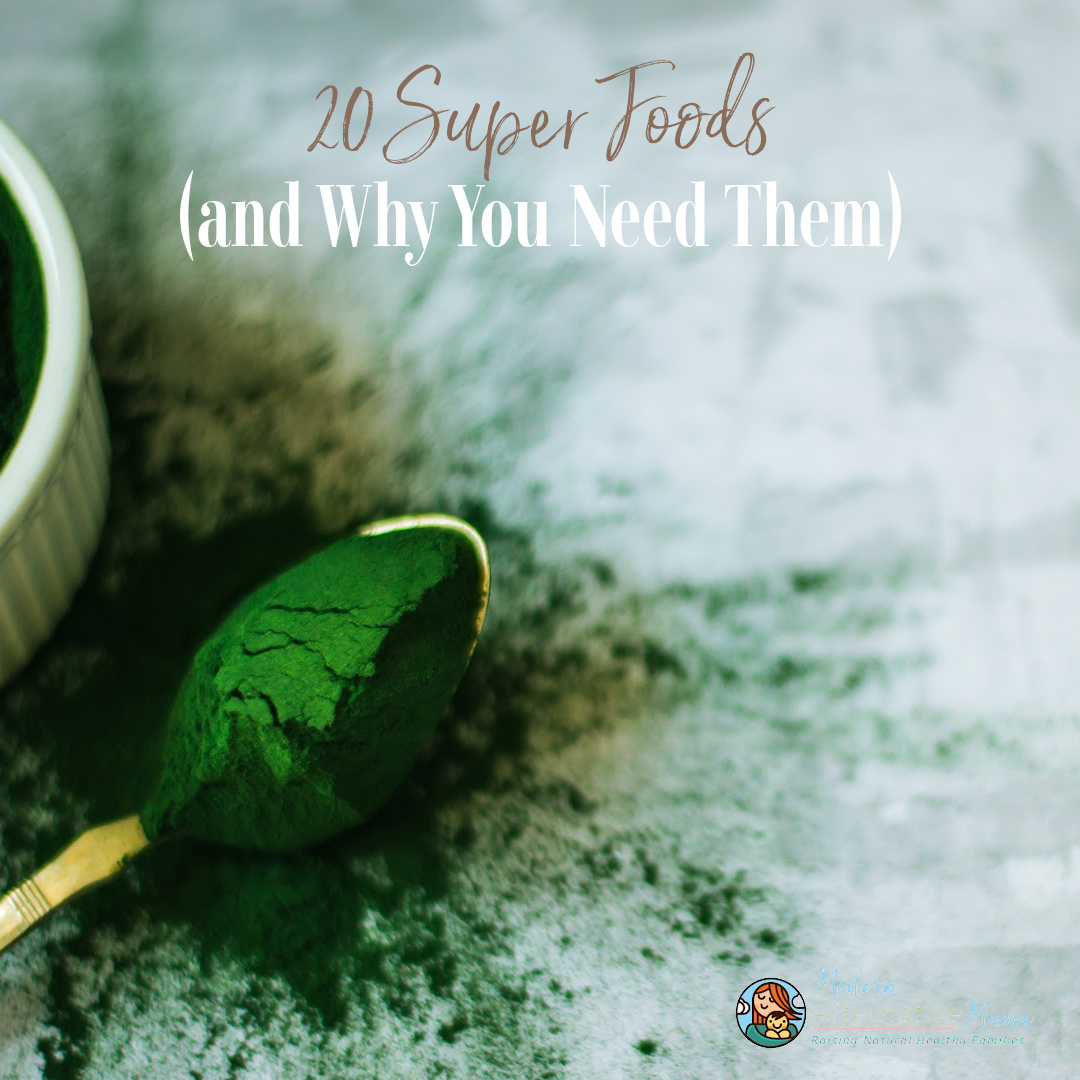
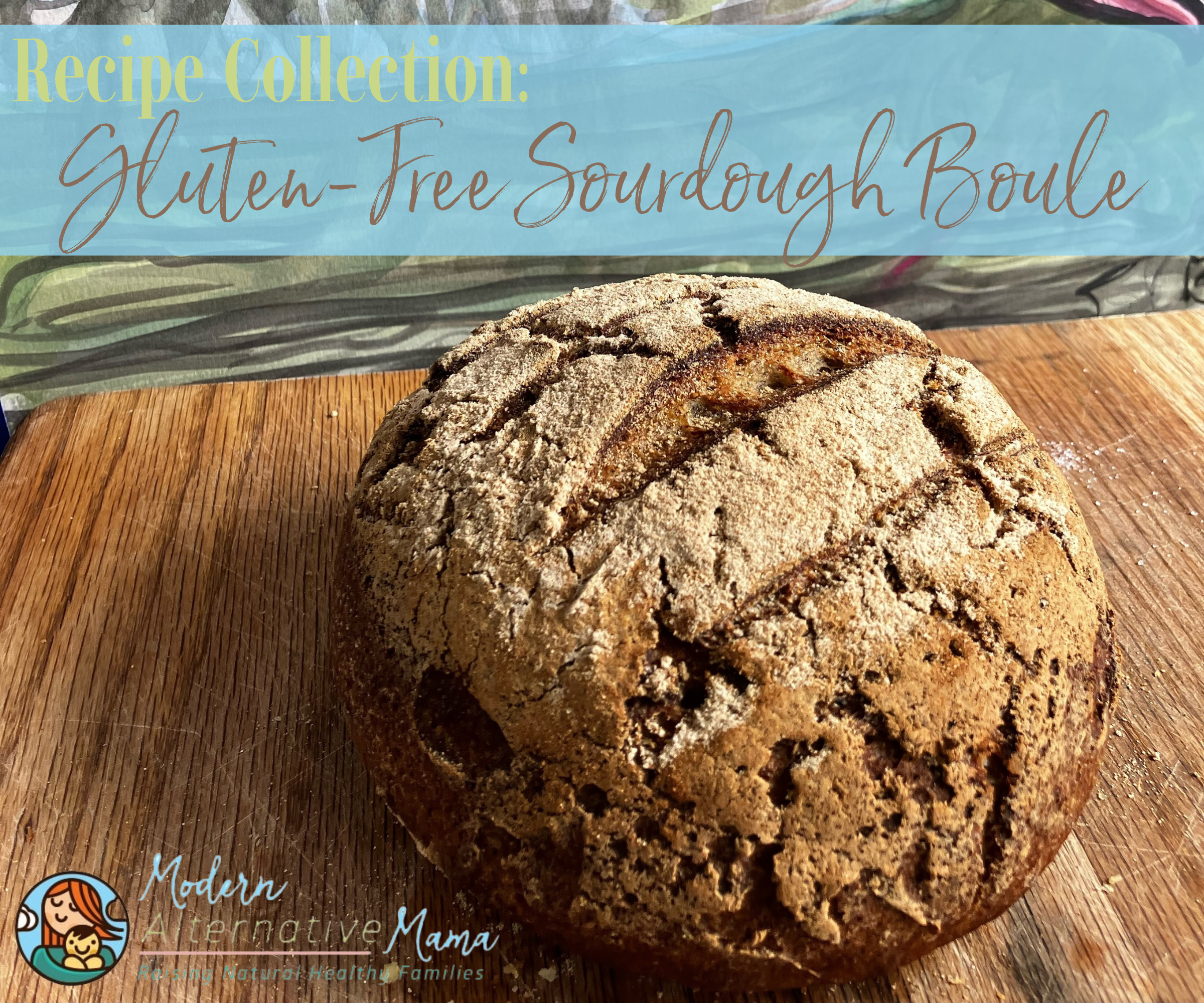
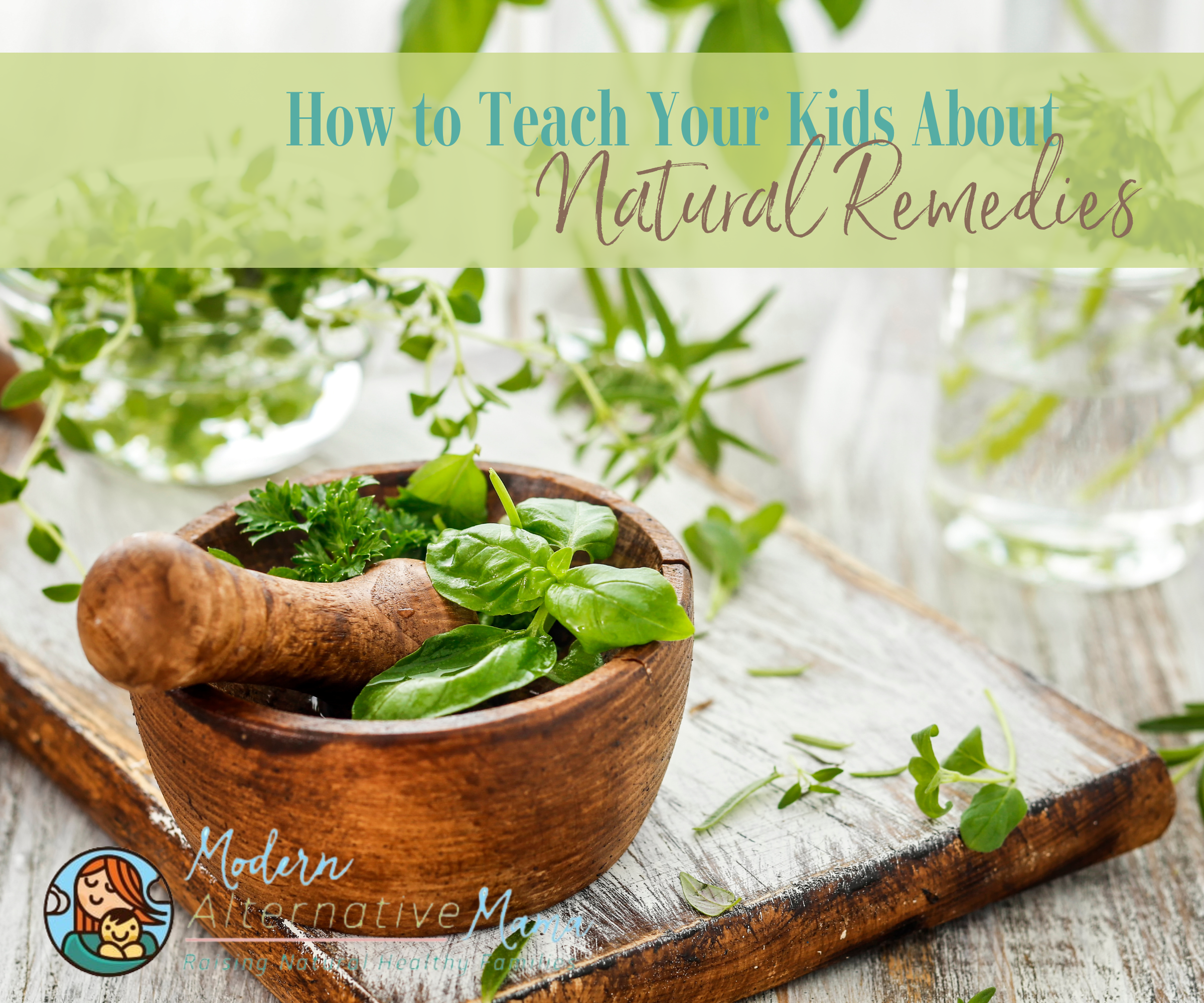

[…] over at Modern Alternative Mama again today sharing how and why we make our own salad dressings and seasonings, as well as sharing […]
I started making our own dressing over 3 years ago…it started out as ranch and has turned into something akin to ranch, but different. We call it Northwoods Dressing and go through about a quart a week…my husband and son will put it on almost anything!
http://turn2thesimple.blogspot.com/2011/09/north-woods-dressing.html